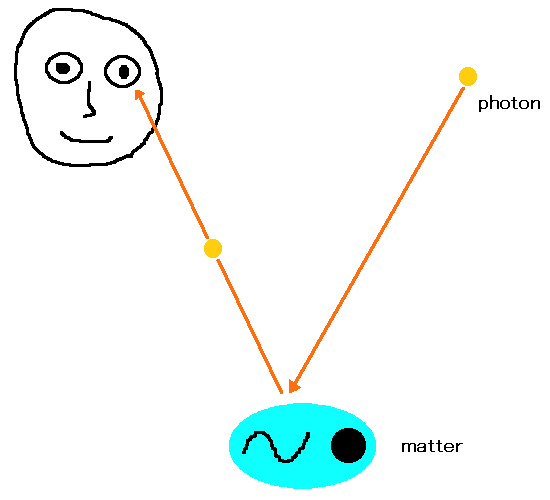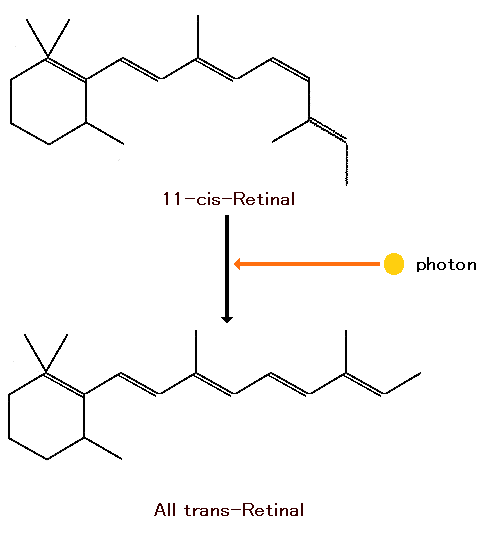Figure 1 shows the visual perception of the single
photon. All matter has both
wave and
particle properties. Light has both properties, too. However, we perceive light invariably as a photon. Let us consider the recognition process of light by eyes. Light passes the
crystalline lens and reaches the
retina, at which
photoreceptor cells capture light. They contain the photoreceptor protein, which consists of a protein,
opsin, and the
retinal. It absorbs a photon. This reaction is the first step of the visual perception.
Figure 2 shows the isomerization of the retinal. In the beginning, 11-cis-retinal captures a photon. Immediately, it is isomerized to all trans-retinal. The photoisomerization of the retinal is the necessary reaction of the visual perception. That is, even if a matter is a particle or a wave, our eyes perceive light as a photon. At this stage, our nervous system recognizes only the relative position of the photoreceptor cell and the number of photons received by it. Therefore, the primary image of our vision is the 2D still image, which consists of pixels. That is to say, our nervous system cannot directly recognize the motion.
Where Is Reality?
Why are we able to see motion and continuity? In
Visual Intelligence, Donald Hoffman describes as follows:
My argument, in sum, is simple. Your retinal image is discrete, not continuous. So if you see continuous lines and surfaces (and you do), then you must construct them from discrete information.
Furthermore, he says that the motion is constructed by the brain, and he shows many
examples. This fact means that the Euclidean space and the continuous motion are the creation of the brain. Of course, a wave is the creation of the brain, too.
Because our eyes can detect solely photons, we can get only digital information from reality. This is the limit of our eyes. The limitation is also applied to all machines, which detect photons. So we have no means to observe directly the motion. We can only suppose the reality based on digital data.
Figure 3 is
Hokusai's Great Wave off Kanagawa. So it consists of pixels. Furthermore, it is still image. However, when we see it, our brains immediately construct the raging big wave. Subsequently, our brains construct
Mount Fuji and boats, which drift on waves. We construct the image as if they are moving, but they exist only in our brains. Therefore, we cannot directly recognize actual reality. Instead, our brains construct the virtual reality.


